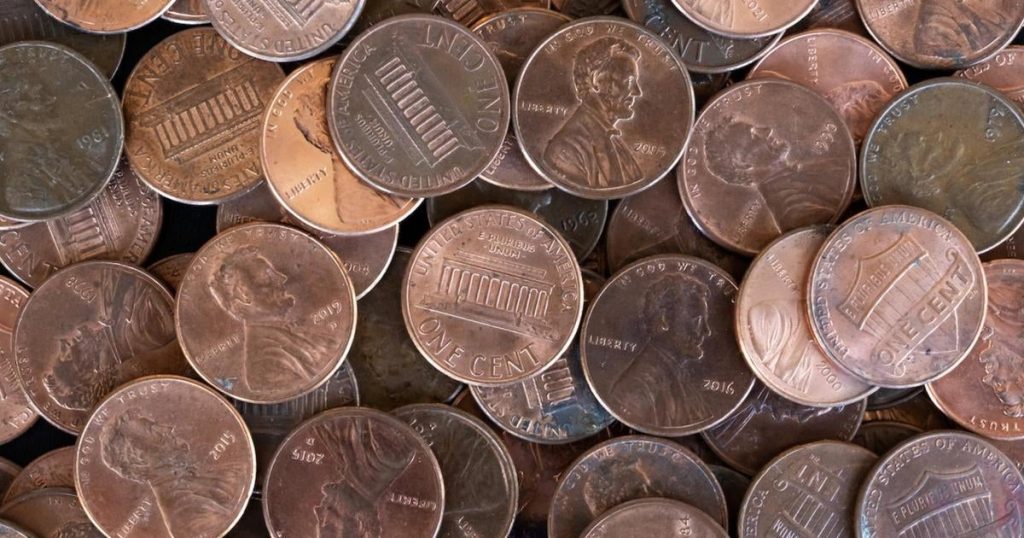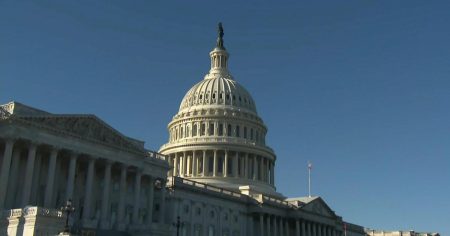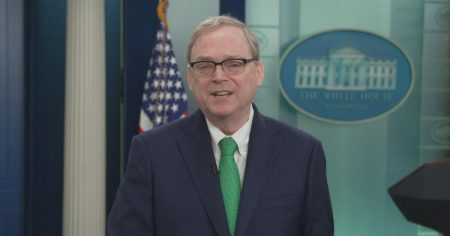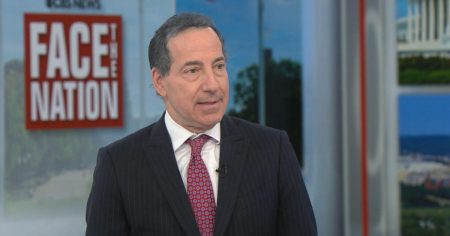Why Trump is Going After the Penny: Understanding the Cost and Controversy
Introduction: The Decision to Stop Minting Pennies
In a move that has sparked significant debate, former President Donald Trump directed the U.S. Treasury Department to halt the production of new pennies. This decision was primarily driven by the escalating cost of manufacturing these coins. The penny, which has been a cornerstone of American currency for over a century, has become increasingly expensive to produce. As the cost of metals and production processes has risen, the question of whether the penny remains a viable form of currency has come under scrutiny.
The Rising Cost of Producing Pennies
The production cost of a single penny now exceeds its face value. While a penny is worth one cent, the expense of materials and manufacturing required to produce it is significantly higher. This disparity has led to a growing financial burden on the U.S. government. Each year, millions of pennies are minted, and the cumulative cost of producing these coins adds up quickly. The decision to stop minting new pennies is an effort to alleviate this financial strain and redirect resources to more cost-effective currency production.
Arguments for Eliminating the Penny
Proponents of discontinuing the penny argue that it is no longer a practical or cost-effective form of currency. With the increasing use of digital payment methods, the reliance on physical currency, especially coins of such low value, has diminished. Additionally, the environmental impact of producing pennies, which requires significant amounts of metals like zinc and copper, has also been cited as a reason for reconsidering their production.
Counterarguments: The Case for Keeping the Penny
Despite the rising production costs, there are strong arguments for preserving the penny. For many low-income individuals, pennies are still a crucial part of their daily financial transactions. Eliminating the penny could disproportionately affect those who rely on cash and cannot afford digital payment methods. Furthermore, pennies hold sentimental value for many Americans, symbolizing the nation’s financial history and cultural identity.
Exploring Alternatives: The Future of Currency
The debate over the penny’s fate raises broader questions about the future of currency in the digital age. As more transactions move online, the role of physical currency is evolving. Some suggest that the elimination of the penny could be a step toward a more streamlined and efficient monetary system. However, others argue that maintaining a balance between physical and digital currency is essential, especially for ensuring financial inclusivity.
Conclusion: The Implications of Trump’s Decision
President Trump’s decision to stop minting new pennies reflects a growing awareness of the need to adapt to changing economic realities. While the move has sparked controversy, it also highlights the importance of reevaluating traditional practices in light of modern challenges. The future of the penny remains uncertain, but one thing is clear: the conversation about the role of physical currency in a digital world is far from over.












